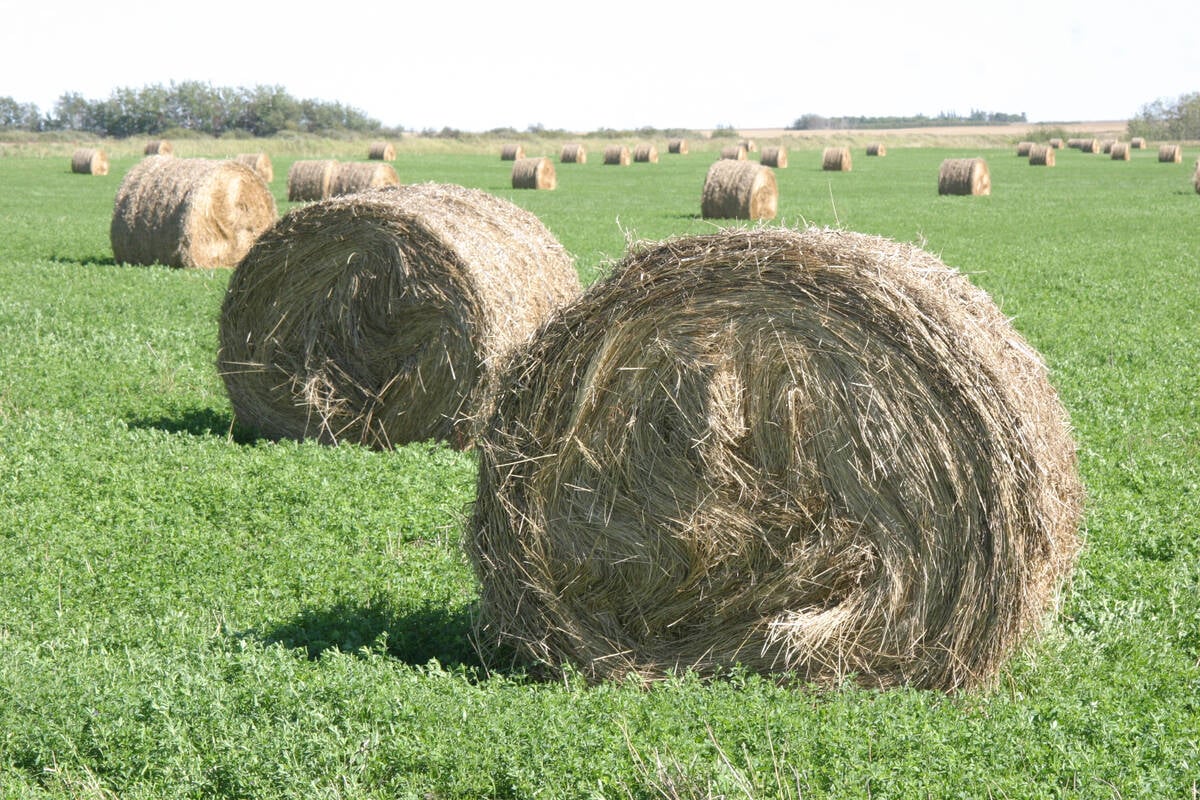When it comes to preparing an old-fashioned roast beef dinner, many people are reluctant because they might turn expensive meat into shoe leather.
And for households with two or three people, a roast beef is often a waste because no one wants to eat the leftovers.
This spring the Beef Information Centre is working with processors to develop smaller portions of easy-to-prepare beef.
“We’re building products that will fit into smaller households,” said Glenn Brand, retail manager for the Beef Information Centre.
One idea is to cut steaks differently and produce items like ribeye medallions, where the steak is thick but weighs only eight ounces. As a thicker, smaller cut, it should maintain tenderness and juiciness.
Read Also

Breaking down successful winter feeding into six steps
It’s that time of year when it is important to start planning for a cow herd’s winter feeding program. Here are six steps I think are necessary to consider when getting your feed tested.
Another new product is a smaller roast that cooks in 40 minutes.
Most Canadians buy their beef at the retail meat case. With that in mind, massive changes were implemented two years ago to make retail meat buying easier.
“Consumers were very intimidated and confused by looking at a 30-foot sea of red meat at the counter.”
People often have a meal in mind but are not sure which meat fits the menu. Meat sales increased when processors began providing cooking instructions and started renaming the meats according to cooking methods.
About 80 percent of retailers adopted this new system when it was launched in 1998. They reported a 17.7 percent increase in sales.
Retailers that didn’t adopt the system experienced an increase of two percent.
“The program has paid bigger dividends than those involved ever hoped for,” said Brand.
The International Meat Secretariat, which represents meat commodity groups around the world, selected this initiative as one of the best in the world.
It is a universal program that can be adapted anywhere.
The American National Cattlemen’s Beef Association is working on a similar “beef made easy” campaign but acceptance has been slow.
Kroger’s Foods, one of the United States’ largest grocery stores, accounting for sales of $43 billion (U.S.) in 1,700 stores, has signed on. Safeway, A & P, Albertson’s and Pathmark are also starting to use it.
Canada’s program is a greater success because all levels of the beef industry have co-operated. In the U.S., distrust between producers and retailers hindered acceptance.
While beef buying is easier, the industry must still work on the tenderness issue.
Consumers complain that a third of their steaks are tough, yet less than one percent ever returns unsatisfactory meat to a store.
Changes to the Canadian grading system did not guarantee quality, and research shows most consumers do not understand grading.
“Most consumers don’t know the difference between A and AAA. In fact, our research shows many think A is better,” said Brand.
They also equate the term aged beef to beef that is old.
One way to address the quality issue is to develop a branded beef program that offers a money-back guarantee.
“Your name is on it, so you want to make sure it’s going to be good,” said Brand.
When asked about brand name beef, 69 percent of consumers said they would likely pay more for it, especially if it came with a quality guarantee.
People develop loyalty to brand name products and have confidence in their quality.
Canada has several store brand beef products.
Costco accounts for six percent of the national beef sales volume. It buys $100 million worth of Canadian boxed AAA beef annually.
Superstore and Loblaws also offer AAA beef programs.
The grand-daddy of all branded beef programs is Certified Angus Beef from the U.S.
One of the most recognized brands in North America, it surpasses all others with sales of 220 million kilograms sold in 1999. In 1990, branded sales were negligible.
“To have this kind of growth in a declining market is absolutely exceptional,” said Brand.
There are 41 branded beef programs in the U.S. but many have failed. Canada has been slower to offer them and hopes to avoid some of the problems encountered by the Americans.
Many of the U.S. programs target a breed type with higher than average quality standards.
However, not enough breeds conducted proper consumer research and advertising was haphazard. There were also problems with consistent quality.















